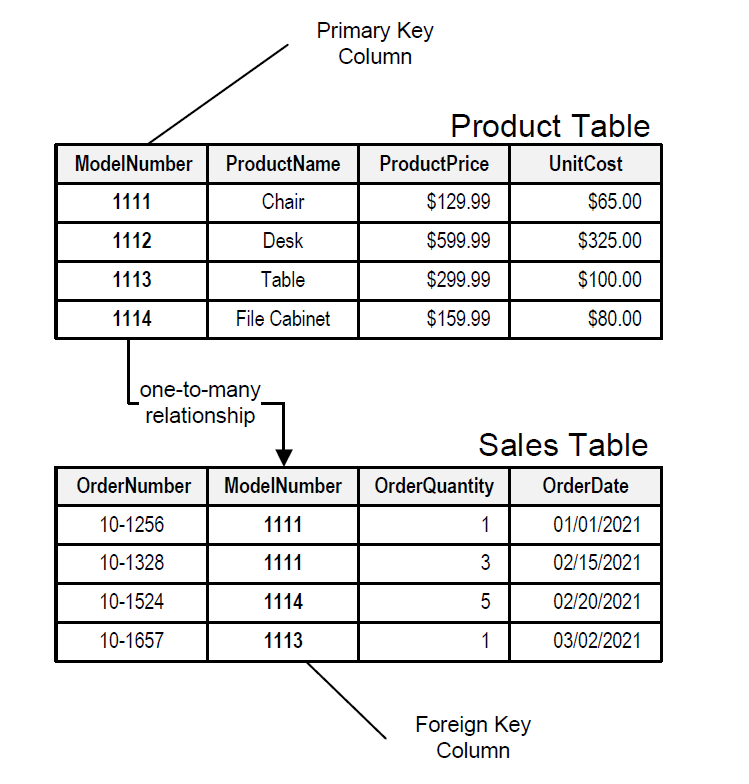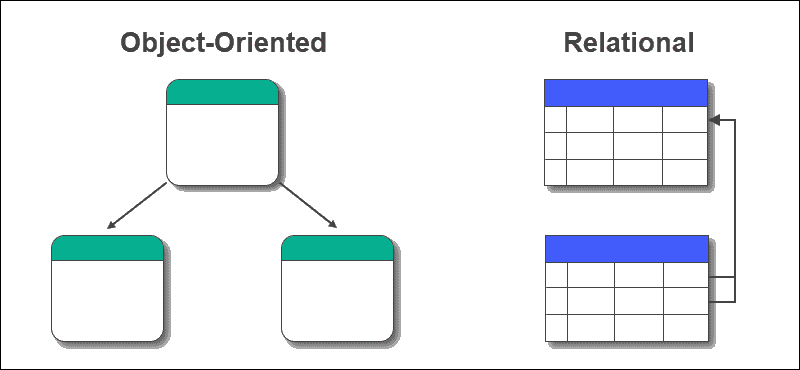Table of contents
No headings in the article.
A database is a structured collection of data that is organized, stored, and managed in a way that allows for efficient retrieval, updating, and analysis of the data. It is designed to facilitate the storage and retrieval of information for various purposes, such as running applications, generating reports, and making data-driven decisions.
Databases are broadly categorized into different types based on their data models, storage architectures, and query languages. Here are some common types of databases:
Relational Database: Relational databases store data in structured tables with predefined schemas. They use the Structured Query Language (SQL) to manipulate and query data. Examples of relational databases include MySQL, PostgreSQL, Oracle Database, and Microsoft SQL Server.
NoSQL Database: NoSQL (Not Only SQL) databases store and retrieve unstructured or semi-structured data. They provide flexibility and scalability, making them suitable for handling large volumes of data. NoSQL databases use different data models such as key-value, document, columnar, and graph. Examples of NoSQL databases include MongoDB, Cassandra, Redis, and Neo4j.
Object-Oriented Database: Object-oriented databases (OODBMS) store data in the form of objects, which are instances of classes or prototypes. They support object-oriented programming concepts like inheritance, encapsulation, and polymorphism. Examples of object-oriented databases include db4o and Versant.
Hierarchical Database: Hierarchical databases organize data in a tree-like structure, where each record has a parent-child relationship. They are suitable for storing interconnected data with one-to-many relationships. IBM's Information Management System (IMS) is an example of a hierarchical database.
Network Database: Network databases are similar to hierarchical databases but allow for more complex relationships between records through a graph-like structure. They use a network data model and are known for their ability to represent many-to-many relationships efficiently. Integrated Data Store (IDS) and Integrated Database System (IDS2) are examples of network databases.
Time-Series Database: Time-series databases specialize in storing and analyzing time-stamped data points, such as metrics, sensor readings, and log data. They provide efficient storage, retrieval, and analysis of time-series data. InfluxDB and Prometheus are popular time-series databases.
Spatial Database: Spatial databases are designed to store and query spatial or geographic data. They provide specialized functions for spatial indexing and spatial operations like nearest neighbor search and spatial joins. PostGIS, Oracle Spatial, and MongoDB with geospatial indexes are examples of spatial databases.
Let's try to dive deeper into them :-

Relational Database is like a big table where we can keep information organized. We can put things in different rows and columns and find them easily. It's like having a big chart with all the important stuff neatly arranged.
It follows a structured approach where data is organized in tables with predefined schemas. It uses SQL (Structured Query Language) for querying and manipulating data. Relational databases offer strong data consistency, integrity, and support for complex relationships through primary and foreign keys. They are widely used in various applications and are known for their ACID (Atomicity, Consistency, Isolation, Durability) properties.

NoSQL is a special type of database that can store information in a more flexible way. Instead of using tables, it can use different formats like lists or documents. It's like having a magic box that can store things in different shapes and sizes without needing a specific order.
NoSQL databases provide a flexible and scalable way to store unstructured or semi-structured data. They can handle large volumes of data and offer high performance and horizontal scalability. NoSQL databases use different data models such as key-value, document, columnar, or graph, allowing developers to choose the most suitable model for their data and use case. They are commonly used in modern web applications and big data scenarios.

Object Oriented type of database is like having a special box where we can keep objects. Objects are things like toys or tools that have different properties and can do different things. The database helps us organize and find these objects easily.
Object-oriented databases store data in the form of objects, just like in object-oriented programming. They support complex data structures, encapsulation, and inheritance. These databases provide a seamless integration between application code and data storage, making it easier to work with object-oriented languages and frameworks.
![]()
- Hierarchical databases is like a family tree! We can have a main person at the top, and then their children, and their children's children, and so on. We can find information about each person and how they are related. It's like a way to keep track of a big family.
Hierarchical databases organize data in a tree-like structure with parent-child relationships. Each child can have only one parent, making it suitable for representing one-to-many relationships. Hierarchical databases are efficient for certain use cases, such as file systems or organizing hierarchical data like organization charts.

Network databases is similar to the hierarchical database, but it's like having a family tree where everyone can have more than one parent. People can have connections with many other people, and we can follow those connections to find information about them. It's like a big web of relationships!
Network databases extend the hierarchical model by allowing nodes to have multiple parent nodes, creating complex relationships. They are useful for modeling many-to-many relationships and interconnected data. However, network databases are less commonly used today, and their functionality is often emulated by other database types or frameworks

Time-series database is like a special clock that keeps track of time and events. We can use it to store things that happen at different times, like measuring how hot it is or how fast a car is going. It helps us see how things change over time.
Time-series databases are optimized for handling time-stamped data points. They excel at storing and querying data that changes over time, such as sensor readings, financial market data, or system logs. Time-series databases provide efficient storage, indexing, and analysis of time-based data, enabling applications to perform analytics and extract insights.

- Spatial databases is like a map that helps us understand places and locations. We can store information about where things are in the world, like cities, buildings, or even people. It helps us find things based on their position on the map.
Spatial databases are designed to store and query geographic or spatial data. They handle data with geometric properties like points, lines, and polygons, allowing developers to perform spatial operations such as finding nearby locations or analyzing geographic relationships. Spatial databases are used in various domains, including mapping, geospatial analysis, and GPS applications.
